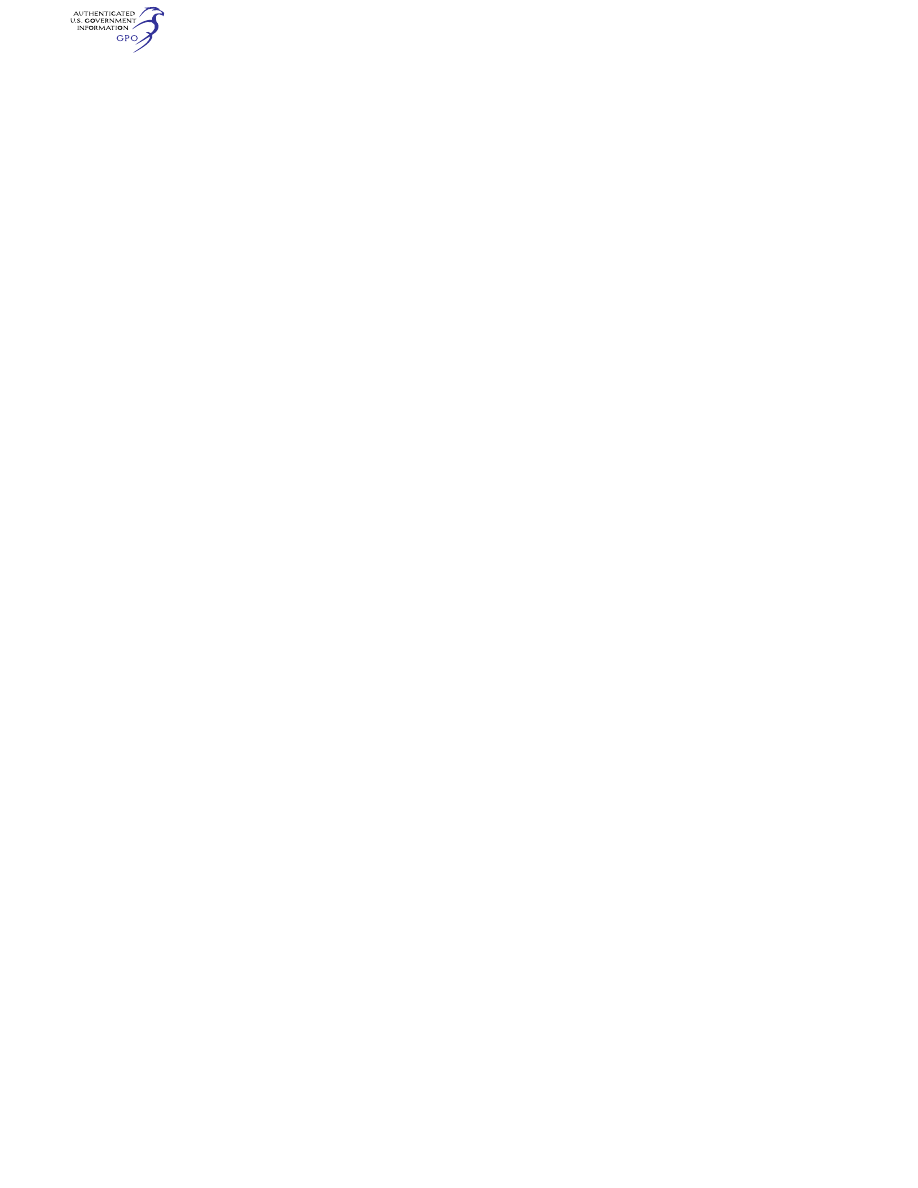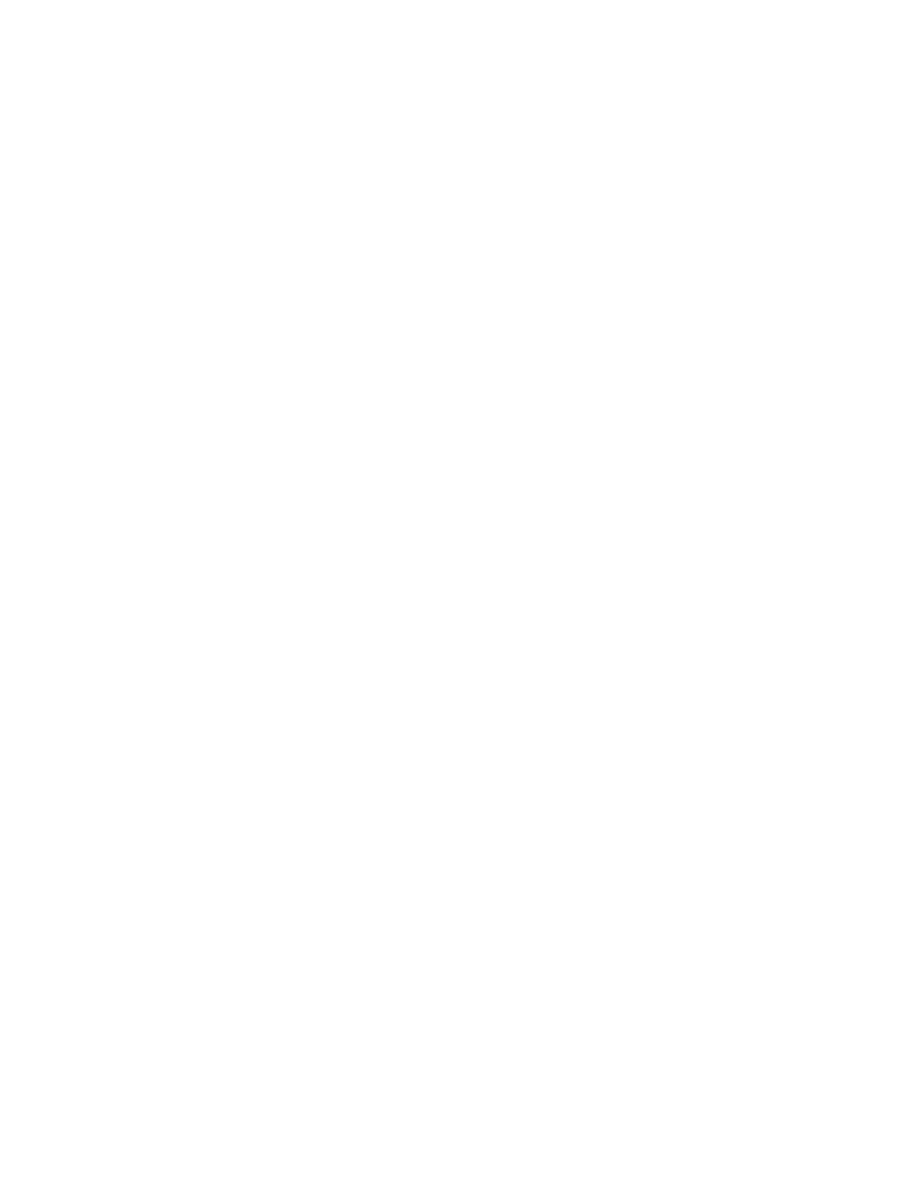
364
14 CFR Ch. I (1–1–24 Edition)
§ 125.293
check must include the procedures and
maneuvers for a commercial pilot cer-
tificate with an instrument rating and,
if required, for the appropriate type
rating.
(2) The instrument proficiency check
must be given by an authorized check
airman or by the Administrator.
(d) If the pilot in command is as-
signed to pilot only one type of air-
plane, that pilot must take the instru-
ment proficiency check required by
paragraph (a) of this section in that
type of airplane.
(e) If the pilot in command is as-
signed to pilot more than one type of
airplane, that pilot must take the in-
strument proficiency check required by
paragraph (a) of this section in each
type of airplane to which that pilot is
assigned, in rotation, but not more
than one flight check during each pe-
riod described in paragraph (a) of this
section.
(f) Portions of a required flight check
may be given in an airplane simulator
or other appropriate training device, if
approved by the Administrator.
(g) The Administrator or authorized
check airman issues a letter of com-
petency to each pilot who passes the
instrument proficiency check. The let-
ter of competency contains a list of the
types of instrument approach proce-
dures and facilities authorized.
§ 125.293 Crewmember: Tests and
checks, grace provisions, accepted
standards.
(a) If a crewmember who is required
to take a test or a flight check under
this part completes the test or flight
check in the calendar month before or
after the calendar month in which it is
required, that crewmember is consid-
ered to have completed the test or
check in the calendar month in which
it is required.
(b) If a pilot being checked under this
subpart fails any of the required ma-
neuvers, the person giving the check
may give additional training to the
pilot during the course of the check. In
addition to repeating the maneuvers
failed, the person giving the check may
require the pilot being checked to re-
peat any other maneuvers that are nec-
essary to determine the pilot’s pro-
ficiency. If the pilot being checked is
unable to demonstrate satisfactory
performance to the person conducting
the check, the certificate holder may
not use the pilot, nor may the pilot
serve, in the capacity for which the
pilot is being checked in operations
under this part until the pilot has sat-
isfactorily completed the check.
§ 125.295 Check airman authorization:
Application and issue.
Each certificate holder desiring FAA
approval of a check airman shall sub-
mit a request in writing to the respon-
sible Flight Standards office charged
with the overall inspection of the cer-
tificate holder. The Administrator may
issue a letter of authority to each
check airman if that airman passes the
appropriate oral and flight test. The
letter of authority lists the tests and
checks in this part that the check air-
man is qualified to give, and the cat-
egory, class and type airplane, where
appropriate, for which the check air-
man is qualified.
[Docket No. 19779, 45 FR 67235, Oct. 9, 1980, as
amended by Docket FAA–2018–0119, Amdt.
125–68, 83 FR 9173, Mar. 5, 2018]
§ 125.296 Training, testing, and check-
ing conducted by training centers:
Special rules.
A crewmember who has successfully
completed training, testing, or check-
ing in accordance with an approved
training program that meets the re-
quirements of this part and that is con-
ducted in accordance with an approved
course conducted by a training center
certificated under part 142 of this chap-
ter, is considered to meet applicable re-
quirements of this part.
[Doc. No. 26933, 61 FR 34561, July 2, 1996]
§ 125.297 Approval of flight simulators
and flight training devices.
(a) Flight simulators and flight
training devices approved by the Ad-
ministrator may be used in training,
testing, and checking required by this
subpart.
(b) Each flight simulator and flight
training device that is used in training,
testing, and checking required under
this subpart must be used in accord-
ance with an approved training course
